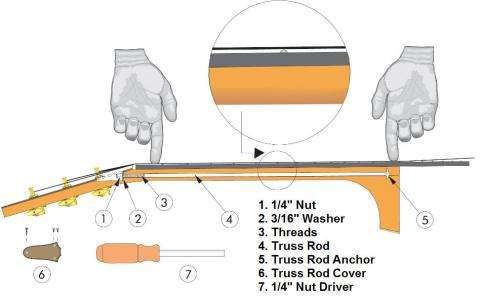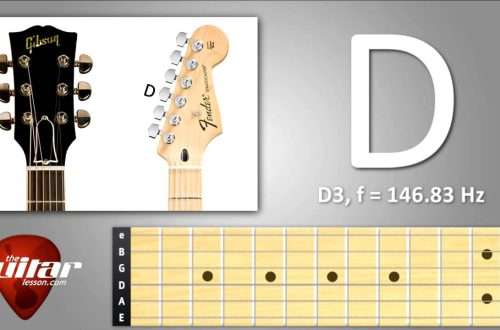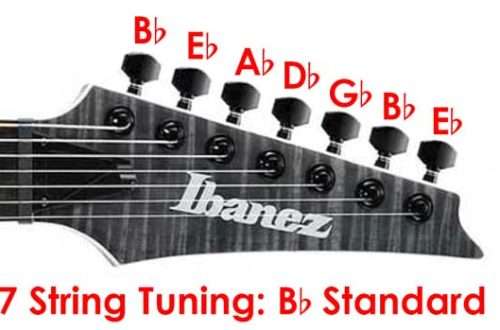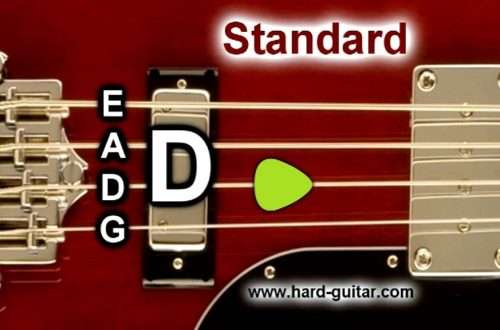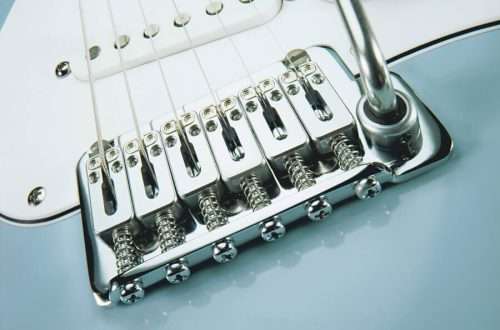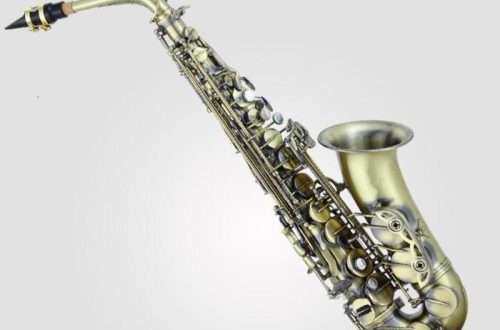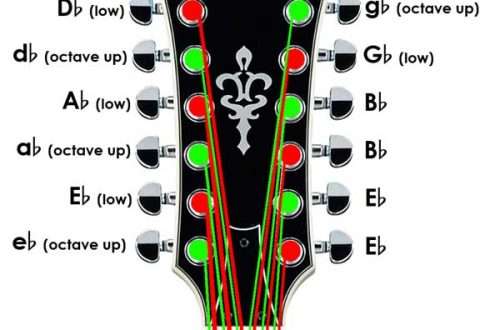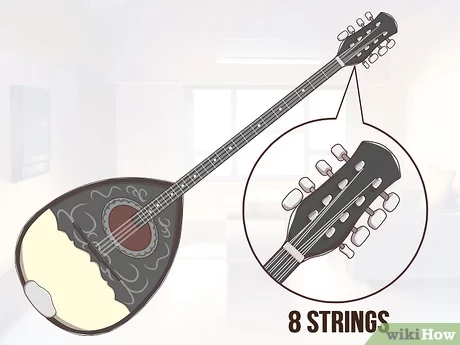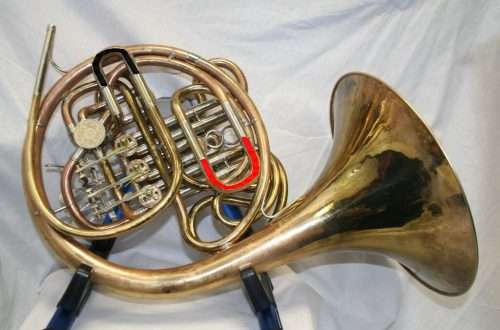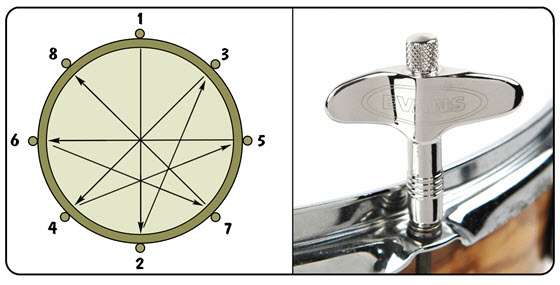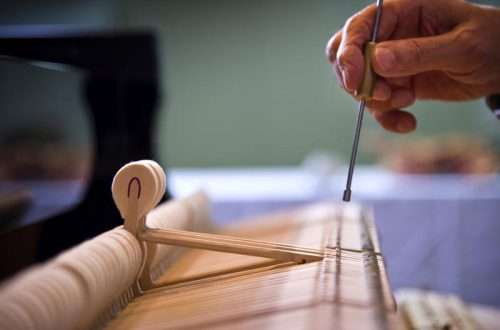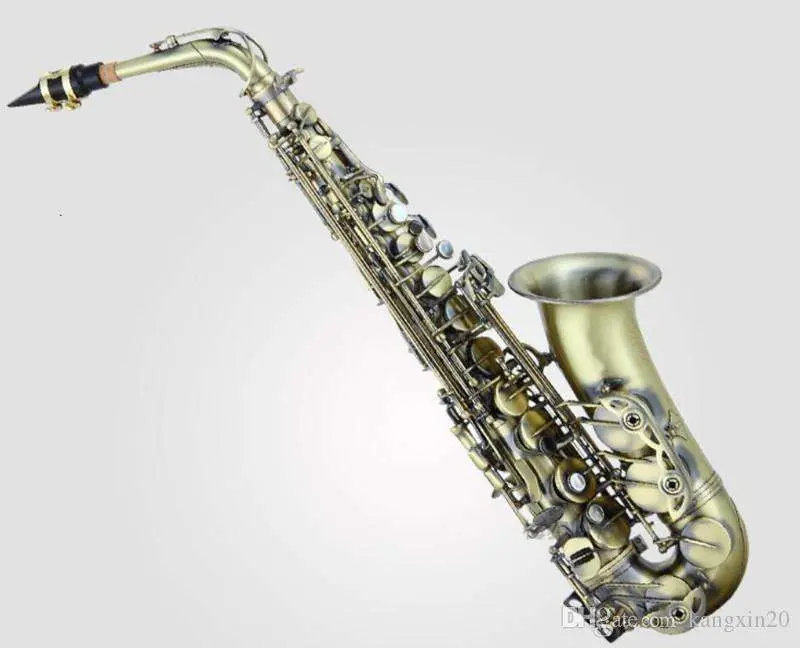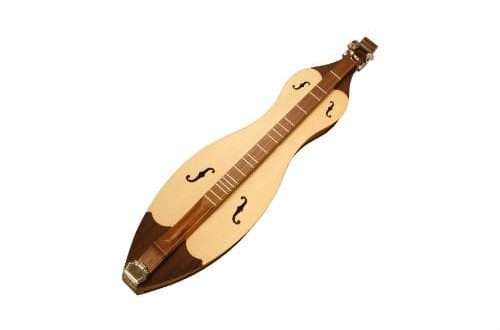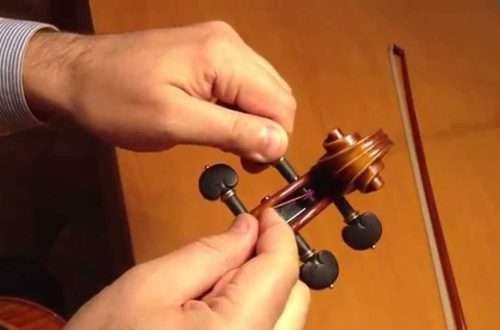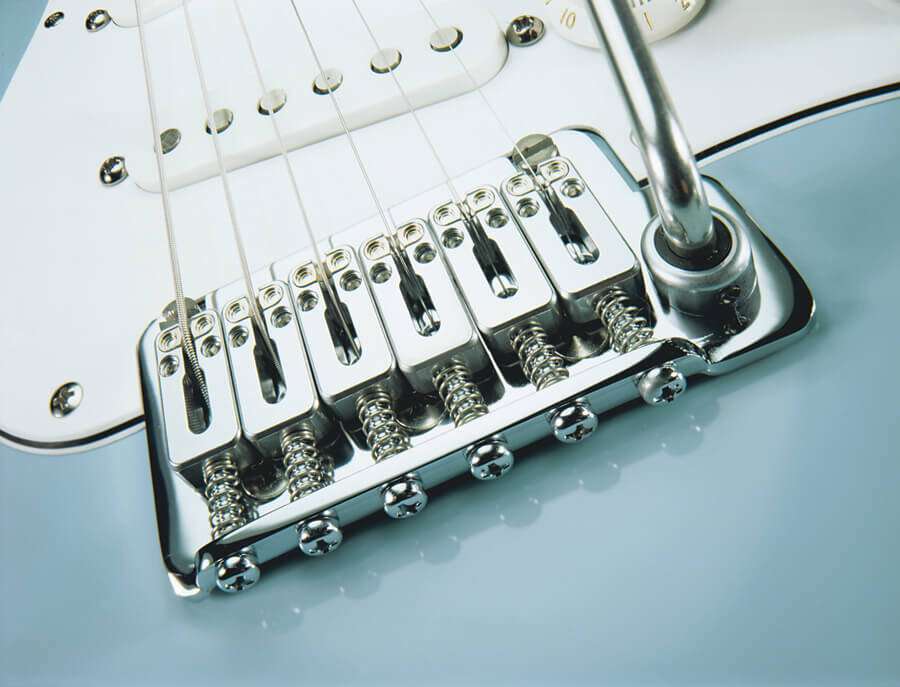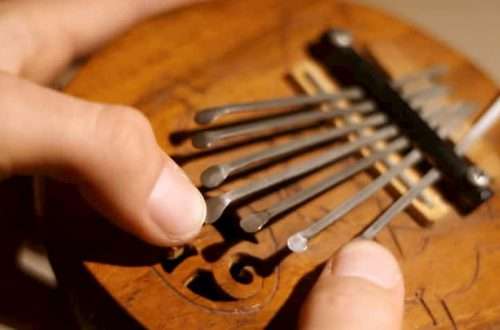How to Tune
Before the start of the concert, the musicians of the symphony orchestra tune their instruments to a single note played by the oboist. By doing this, musicians can be confident that harmony can be achieved. However, when an instrument such as a piano is out of tune, a more complicated procedure is required. Experienced tuners must tighten or loosen each keyboard string so that its pitch is exactly equals the pitch of the corresponding tuning fork. Fork It is a carefully crafted instrument that emits a sound of a certain pitch during vibration. For example, a tuning fork vibrating at a frequency of 262 hertz (frequency units) makes a sound “to” the first octave, while a tuning fork with a frequency of 440 hertz makes a sound “la” of the same octave, and a tuning fork with a frequency of 524 hertz again sounds “before”, but already one octave higher. Note frequencies per octave up or down are multiples. A higher note corresponds to an oscillation frequency that is exactly twice the frequency of a similar, but lower note. A professional tuner can tell you when the pitch of a grand piano exactly matches the pitch of a tuning fork.If these tones differ, their sound waves interact in such a way that a pulsating noise is produced, called a beat. When this noise disappears, the key is tuned.
How to tune Kalimba
Kalimba is an ancient African reed musical instrument that has become very popular and has retained its popularity today. This instrument is very easy to learn to play for anyone who knows musical notation. But the kalimba, like any other musical instrument, sometimes needs to be tuned. The sound of the kalimba is made up of the sound of resonating reed plates, which is amplified by the hollow body of the instrument. The tone of each tongue depends on its length. If you look closely at the device of the kalimba, you can see that the tongues are fixed at different lengths relative to each other, the fastening is made using a metal threshold that…
How to tune a harp
How to tune a harp On Celtic harps, levers are used instead of pedals. The lever has two positions – up and down. The difference between the top and bottom positions is a semitone. Lever “to” is marked in red Lever “Fa” is marked in blue Levers harp tuning. There are many difficult words to say about the tuning of the Celtic harp, but let’s make it as easy as possible for those who may be seeing the harp for the first time. To the question “why is the harp tuned this way?” I will answer, with such a tuning of the harp, the maximum number of pieces will be available to…
How to tune a Dulcimer
If you have not had to tune a dulcimer before, you may think that only professionals can do it. In fact, the setting of a dulcimer is available to anyone. Usually the dulcimer is tuned to the Ionian mode, but there are other tuning options. Before you start tuning: Get to know the dulcimer Determine the number of strings. Usually 3 to 12, most dulcimers have three strings, or four, or five. The process for setting them up is similar, with a few minor differences. On a three-string dulcimer, one string is melody, another is middle, and a third is bass. On a four-stringed dulcimer, the melodic string is doubled. On the five-string dulcimer,…
How to tune a Horn
The horn (French horn) is a very elegant and complex instrument. The term “French horn” is actually not entirely correct, because in its modern form the French horn came to us from Germany. Musicians from all over the world continue to refer to the instrument as a horn, although the name “horn” would be more correct. This instrument comes in a variety of styles and models, opening up a wide range of styles for musicians. Beginners generally prefer the single horn, which is less bulky and easier to play. More experienced players are more likely to choose the double horn. Method 1 Find an engine. A single horn usually has only one main slider, it is…
How to tune the Bouzouki
The bouzouki is a stringed instrument used in Greek folk music. It may have 3 or 4 sets of double strings (“choirs”). Regardless of the variety, the instrument can be tuned by ear or using a digital tuner. Method 1 – Steps Make sure you have the Greek version of the bouzouki. Before tuning the instrument, make sure that it is indeed a Greek and not an Irish version of the bouzouki. These instruments are usually tuned in different modes and patterns, so it is important to make sure that the correct fret is selected for the bouzouki. The easiest way to determine the type of tool is by its shape. The back of the…
How to tune drums
The ability to tune drums is absolutely necessary if you want to get the best sound from your drum kit. Even if you’re just a beginner drummer, a well-tuned drum kit will help you stand head and shoulders above the rest. This is a snare tuning guide, however, it can be adapted for other types of drums. Steps Disconnect the drum strings with a special lever located on the side. Take a drum key (available at any music store) and loosen the bolts that are located on the sides of the drum. Do not completely unscrew each bolt individually. The bolts should be unscrewed gradually each half a turn in a circle. Continue unscrewing the…
How to tune a saxophone
Whether you’re playing the saxophone in a small ensemble, in a full band, or even solo, tuning is essential. Good tuning produces a cleaner, more beautiful sound, so it’s important for every saxophonist to know how their instrument is tuned. The instrument tuning procedure can be quite tricky at first, but with practice it will get better and better. Steps Set your tuner to 440 Hertz (Hz) or “A=440”. This is how most bands are tuned, although some use 442Hz to brighten up the sound. Decide which note or series of notes you are going to tune. Many saxophonists tune to Eb, which is C for Eb (alto, baritone) saxophones and F for…
Digital pianos tuning
Digital pianos, like classical instruments, are also customizable. But the principle of regulating their functions is different. Let’s see what the setting is. Setting up digital pianos Standard tools from the manufacturer Digital piano tuning is the preparation of the instrument for use. It differs from the actions that are carried out on an acoustic or classical piano, when the master achieves the correct sound of all the strings. An electronic instrument does not have “live” strings: all sounds here are tuned at the factory production stage, and they do not change their characteristics during operation. Customizing Digital Piano settings includes: Adjustment of acoustic characteristics. The instrument sounds different in different rooms. If there are…
Bridge on the guitar
Beginning guitarists do not always know what the parts of the instrument are called and what they are for. For example, what is a bridge on a guitar, what tasks does it solve. At the same time, knowledge of the features of all parts and assemblies helps to improve tuning, achieve maximum convenience when playing, and contributes to the development of the instrument. What is a guitar bridge A bridge is the name given to the bridge or saddle for an electric guitar. It simultaneously performs several functions: serves as a support element for attaching strings (not for all models); provides adjustment of the height of the rise of the strings above the fingerboard ; distributes the strings in width; regulates…
Tuning the truss on the guitar
A novice guitarist should not only know the notes and be able to play chords , but also have a good understanding of the physical part of his instrument. Detailed knowledge of material and construction helps to better understand the principles of sound production, and thus improve your playing skills. Most virtuoso guitarists were well versed in the production of instruments, which allowed them to order unique guitars with a specific set of instruments. About the guitar truss Both acoustic and electronic guitars have an anchor in their structure – a special fastening and regulating device. It is a long metal stud or threaded strip, and two heads. Being inside the fretboard a, it is not visible during external…


